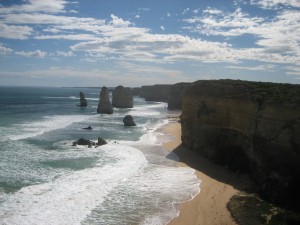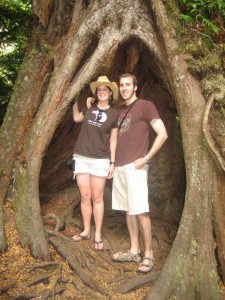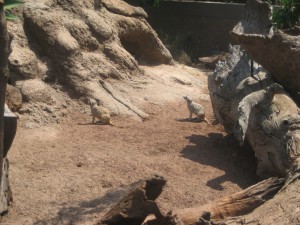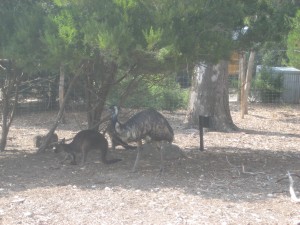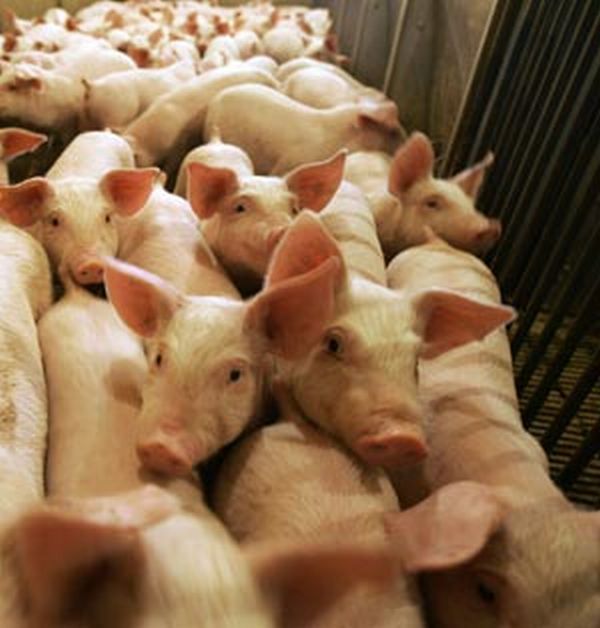 So, having taken a class that covered the Spanish Flu of 1918 (Dr. Perrins’ History of Medicine, Acadia…great course…take it!), the Swine Flu is terrifying. This is what I’ve been waiting for ever since that course. A new flu that is going to be more deadly than anything we’ve seen for decades, maybe worse. Now, I’m not saying that is what is going to happen, just that this virus seems to have high potential to become very serious, based on what the WHO is saying.
So, having taken a class that covered the Spanish Flu of 1918 (Dr. Perrins’ History of Medicine, Acadia…great course…take it!), the Swine Flu is terrifying. This is what I’ve been waiting for ever since that course. A new flu that is going to be more deadly than anything we’ve seen for decades, maybe worse. Now, I’m not saying that is what is going to happen, just that this virus seems to have high potential to become very serious, based on what the WHO is saying.
Now, fingers point to Mexico as the starting point of this outbreak, although it hasn’t been confirmed where/how the virus was created. Possibly due to conditions and practices at huge factory farms (not confirmed by research yet!). Hmm….why do we have those huge factory farms again? Oh right! Huge demand for meat products!
Now, in an effort to not be preachy (I am in no position to preach, as I have been know to ingest meat products every blue moon), I in no way expect you to become a vegetarian. That is a personal decision that requires a lot of research and thought. But what are small ways we can all change to maybe take the pressure off intensive livestock practices that are not in the best interest of the future of our society?
1) You can eat one less meal with meat a week. That’s not too bad! Have a veggie lasagna. It’s so filling you won’t even notice. Burritos can be made with just re fried beans, skip the beef. Don’t say it’s too hard…my parents (former meat and potato people) are doing a great job of it, and I didn’t even have to harass them! Here’s a recipe for black-bean burgers even my super meaty boyfriend likes.
2) When you do buy meat, buy organic (when you can, I know it can cost more). That way, you can increase the demand for organic, causing more farmers to become organic, causing less use of antibiotics that can create super-bugs.
3) If you live in the country, try the farmers markets or even go direct to your neighbours. It night not be certified organic, but many small scale farmers don’t need to use heavy loads of antibiotics.
4) Know a hunter? Ask for some wild game! Rabbit stew is yummy. If you happen to be in Australia, try the roo (sometimes farmed, but much less intensive than cows). Grab a fishing rod and catch supper. It’s more fun than standing in line at the supermarket too.
Now, again, I’m not saying swine flu started on a factory farm. However, the conditions on factory farms are primed for outbreaks of nasty diseases than could jump to humans. So just to try do whatever you can to help a little bit. If we all help a little bit, it will help a lot (wow that’s cheesy, nice ending Carolyn). 🙂

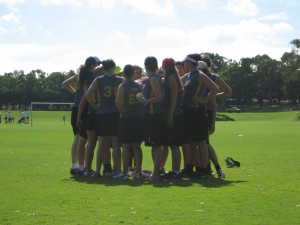
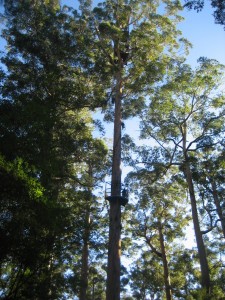
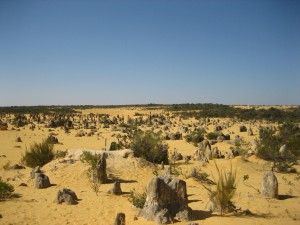
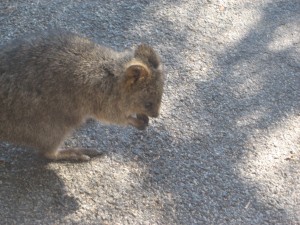
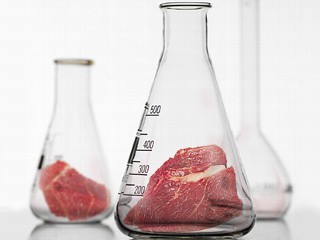 Plus it removes any question of ethical treatment of animals.
Plus it removes any question of ethical treatment of animals.